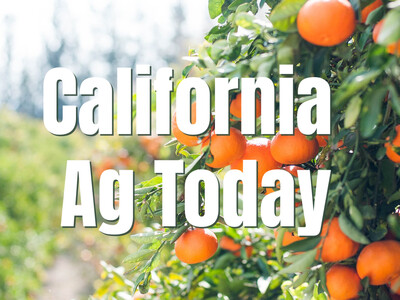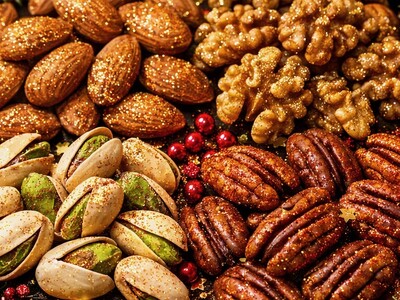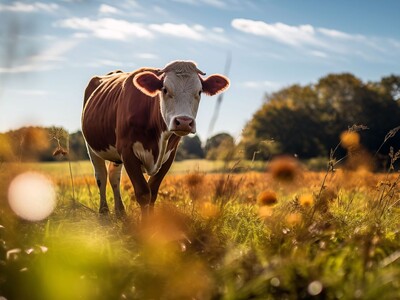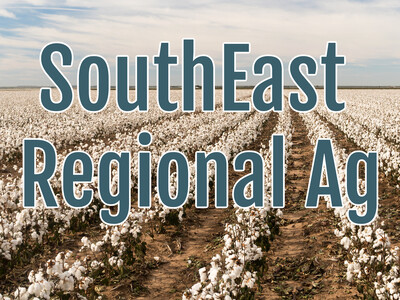What to plant
I am sure by now that you heard about USDA’s prospective Plantings report, which has producers saying they intend to put the 16 million acres they couldn't plant a year ago because of the weather back into production this year.Most of those acres are going to go to corn and soybeans. Not unsurprising.
But what is surprising to some, including USDA chief economist Rob Johanson, is that corn number, 97 million acres, about 3 million more than analysts expected. But for this report, you have to remember that farmers were surveyed way back in late February into mid-March. And of course, since then, “corn prices have fallen with the impact of covid-19 on expected commodity demand. At the same time, we know that wheat prices have risen. So it wouldn't be unsurprising to see producers reflecting those kinds of economic influences when they decide and what they actually do plant.”
And of course, we all remember last year when the wet weather played havoc with planting and it's already very wet in many areas this spring. So weather could play a role in this season's planting decisions. But Johannsen says he thinks the key question this time around is going to be what will producers do if they see covid-4-14 LOA What to plant19, continuing to impact expected demand for products?
Well, one major example of that is showing up already as travel slows down to a bare minimum and so does the production of ethanol, which is a big user of corn.
Just in general, gasoline demand is going to be down in 2020. There will be less interstate commerce, but also much less travel by Americans this year. That will diminish their demand for motor fuels. And so as with gasoline demand, so does ethanol demand decline.
And about 40 percent of the U.S. corn crop normally goes into ethanol. That's in a so-called normal year, which this is certainly not, Gary.













